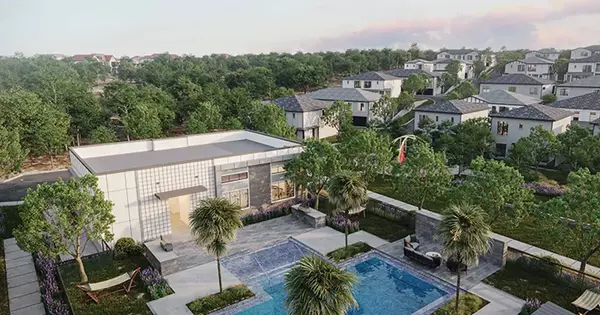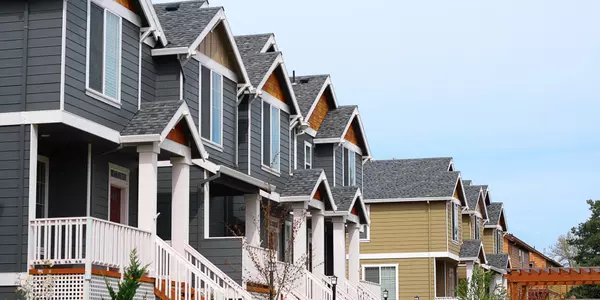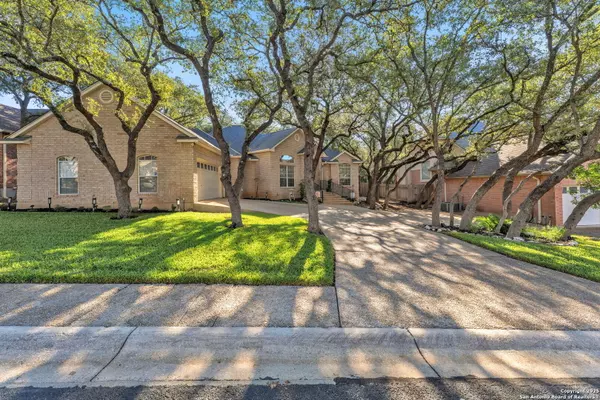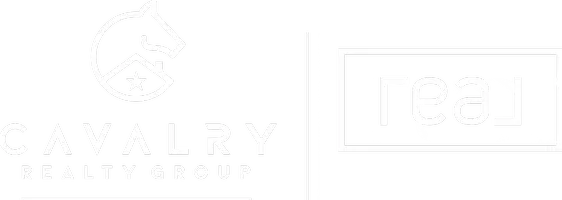San Antonio has entered Stage 3 drought restrictions
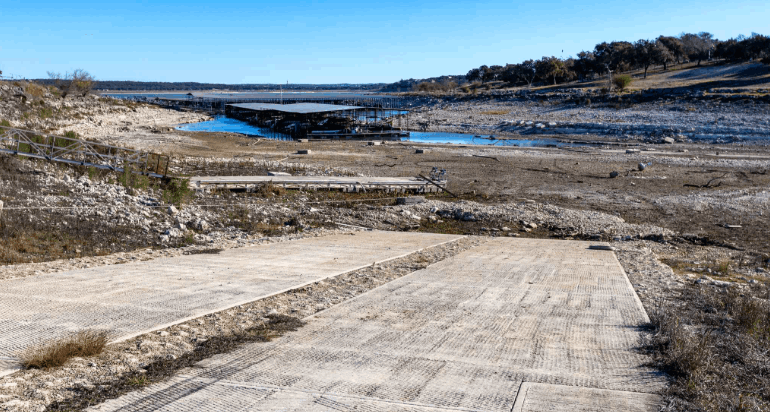
For the first time since 2014, San Antonio has officially entered Stage 3 drought restrictions—a critical water conservation phase that signals just how severe the current drought conditions have become.
The city is now enforcing stricter watering limits, tighter usage regulations, and broader conservation efforts across both residential and commercial properties.
While the goal is clear—protect and preserve water—the ripple effects could impact everything from landscaping routines to home maintenance, and even how new development and real estate evolve moving forward.
🚱 What Stage 3 Drought Restrictions Mean
Stage 3 restrictions are triggered when the 10-day rolling average of the Edwards Aquifer drops below 640 feet, which recently occurred.
Key Restrictions Now in Effect:
-
Landscape watering (using sprinklers) is limited to once every other week based on your street address
-
Watering is only allowed between 7–11 a.m. and 7–11 p.m. on your designated day
-
Hand-watering with a hose or bucket is still allowed, but with care
-
Fountains, car washes, and pools face operational limits unless using recycled water
-
Violations can lead to fines, starting at $150 and up
City officials are encouraging voluntary conservation, but enforcement will be stepped up as temperatures climb.
🏡 How This Impacts Homeowners & Real Estate
🌿 1. Landscape Maintenance Will Shift
For homeowners, especially those with large lawns or gardens, this means:
-
Expect increased lawn stress or browning during peak heat
-
Xeriscaping (drought-tolerant landscaping) may become more popular
-
Properties with water-saving irrigation systems or native plants may see increased buyer interest
💧 2. Water Efficiency Could Become a Selling Point
As restrictions tighten, homes with low-flow plumbing, rainwater collection systems, smart irrigation, and energy-efficient appliances will likely:
-
Stand out to eco-conscious buyers
-
Justify higher asking prices due to utility savings
-
Be viewed as more future-proof in an unpredictable climate
🏘️ 3. Development May Slow in Certain Areas
Stage 3 restrictions raise questions for builders and developers, particularly those:
-
Developing large-scale master-planned communities
-
Relying on traditional infrastructure and turf-heavy landscaping
-
Considering future projects in outlying or aquifer-sensitive zones
Some developments may be required to adjust water usage plans, redesign community landscaping, or pause phases until water levels stabilize.
🌎 What It Says About San Antonio’s Future Growth
San Antonio’s growth has been explosive—but drought restrictions are a reminder that infrastructure, sustainability, and natural resources must keep up.
Expect more conversations around:
-
Smart growth strategies and density
-
Integration of sustainable development practices
-
Long-term solutions like desalination, water reuse systems, and aquifer recharge projects
For buyers, sellers, and investors—knowing how a property performs in a drought may become as important as location or square footage.
🧠 How to Stay Compliant & Proactive
-
Look up your watering schedule by address on saws.org
-
Switch to native, low-water landscaping
-
Install drip irrigation systems or rain barrels
-
Consider gray water reuse where legal and permitted
-
Stay informed via San Antonio Water System (SAWS) updates
🗣️ A City Adapting, Not Just Reacting
Stage 3 restrictions are a wake-up call—but also an opportunity. San Antonio has proven before that it can lead in water conservation, and these new rules are about preserving resources while preparing for long-term growth.
Whether you're a homeowner, investor, or developer, the takeaway is clear: drought-smart decisions today create stronger communities tomorrow.
Brought to you by CallTheCavalryGroup.com – Real estate strategy backed by local insight, growth awareness, and sustainable thinking.
Recent Posts
